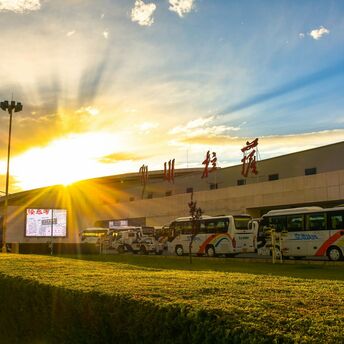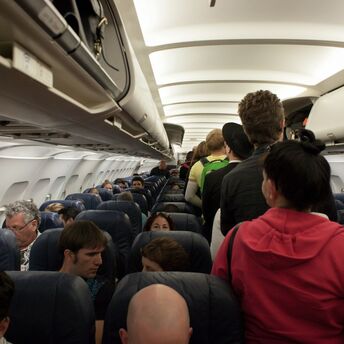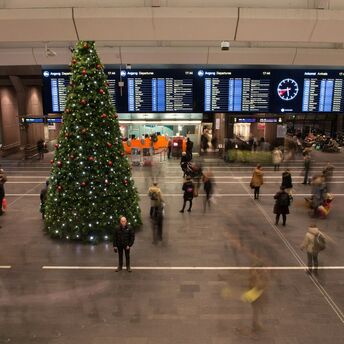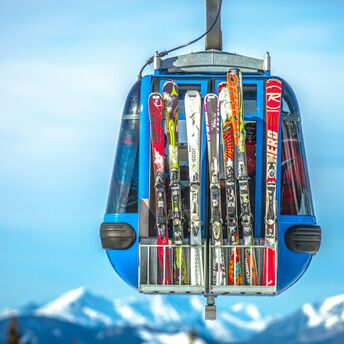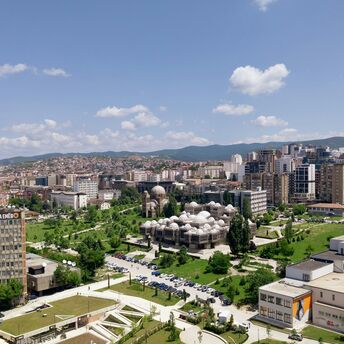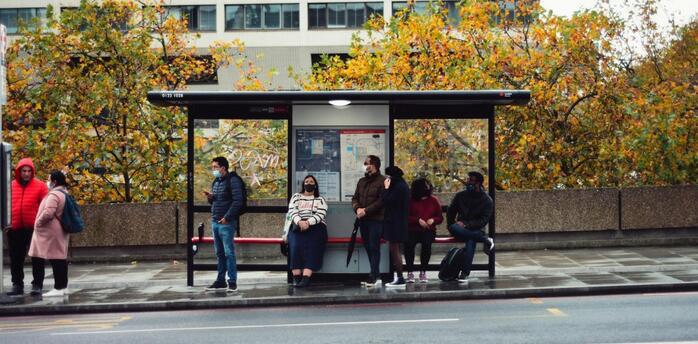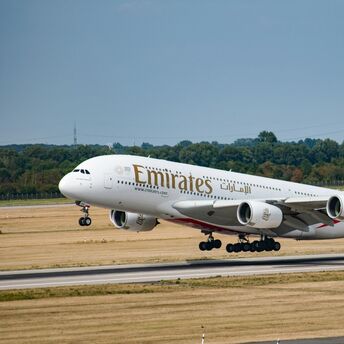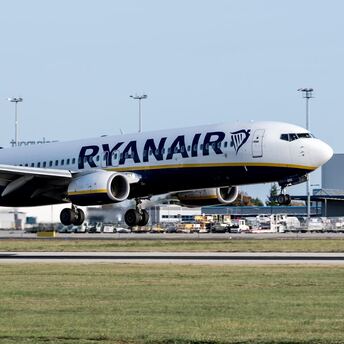Rising Wildfires Redefine When and Where It’s Safe to Explore
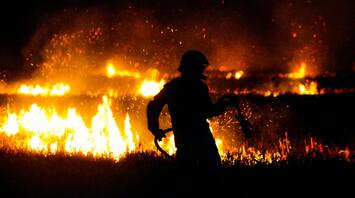
Increasing global heat, worsening droughts, and extended heatwaves are now driving some of the most intense wildfire seasons ever observed across the globe. According to the most recent State of Wildfires report, climate change has intensified both the frequency and magnitude of severe fires across areas including the Pantanal and Chiquitano wetlands, the Amazon rainforest, Southern California, and the Congo Basin. For those who love exploring nature, many destinations once known for their untouched beauty are becoming increasingly unpredictable and, at times, unsafe during fire-prone months.
Models used by the report show that in places like Los Angeles, fire-prone conditions became about twice as likely, with burned areas up to 25 times greater under today’s climate. In South America, climate change has made extreme fire weather four to five times more probable, increasing burned land by roughly 35 times in some zones. As a result, travelers visiting these regions may face sudden air quality warnings, road closures, or changes to outdoor plans, making flexible itineraries more essential than ever.
Key facts about the severe wildfire season:
- In 2024–25, fires burned more than 3.7 million square kilometers of land around the world.
- Wildfires endangered 100 million people and threatened property valued at approximately $215 billion.
- Fires emitted over 8 billion tonnes of carbon dioxide.
- The wildfires in Los Angeles killed 30 people and destroyed more than 11,500 homes.
- The Pantanal fires released six times more pollution than usual.
The growing threat of wildfires is altering when and how it is safe to explore the outdoors. Regions once considered reliably green and peaceful may now face sudden smoke, trail closures, or forced evacuations. It is becoming essential to monitor fire alerts, stay flexible with travel plans, and select destinations that have strong emergency systems in place.
Travelers should expect changes in the seasons in areas that are sensitive to fire, like Mediterranean forests, boreal woodlands, or tropical wetlands. The period during which these areas can be safely visited will likely shrink and become increasingly uncertain. As communities rebuild, important services like hotels and public transportation may be temporarily unavailable. Travelers can reduce risks by monitoring air quality reports and developing backup plans.
The spread of extreme forest fires marks a new era for global travel. Now it is important not only to choose a destination, but also to know how to treat the environment responsibly. As climate change affects the landscape, travelers need to be aware of local fire risks, safety regulations, and seasonal restrictions when planning their trips. Staying informed, helping with conservation projects, and choosing eco-friendly places to stay all help reduce damage. Today, responsible travel means being mindful of your safety while helping preserve the fragile ecosystems that make our planet's natural beauty unique.



